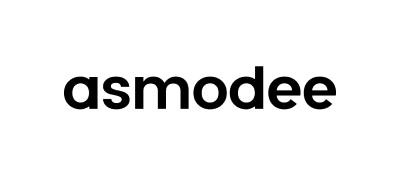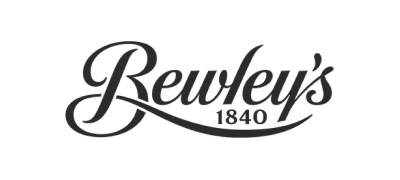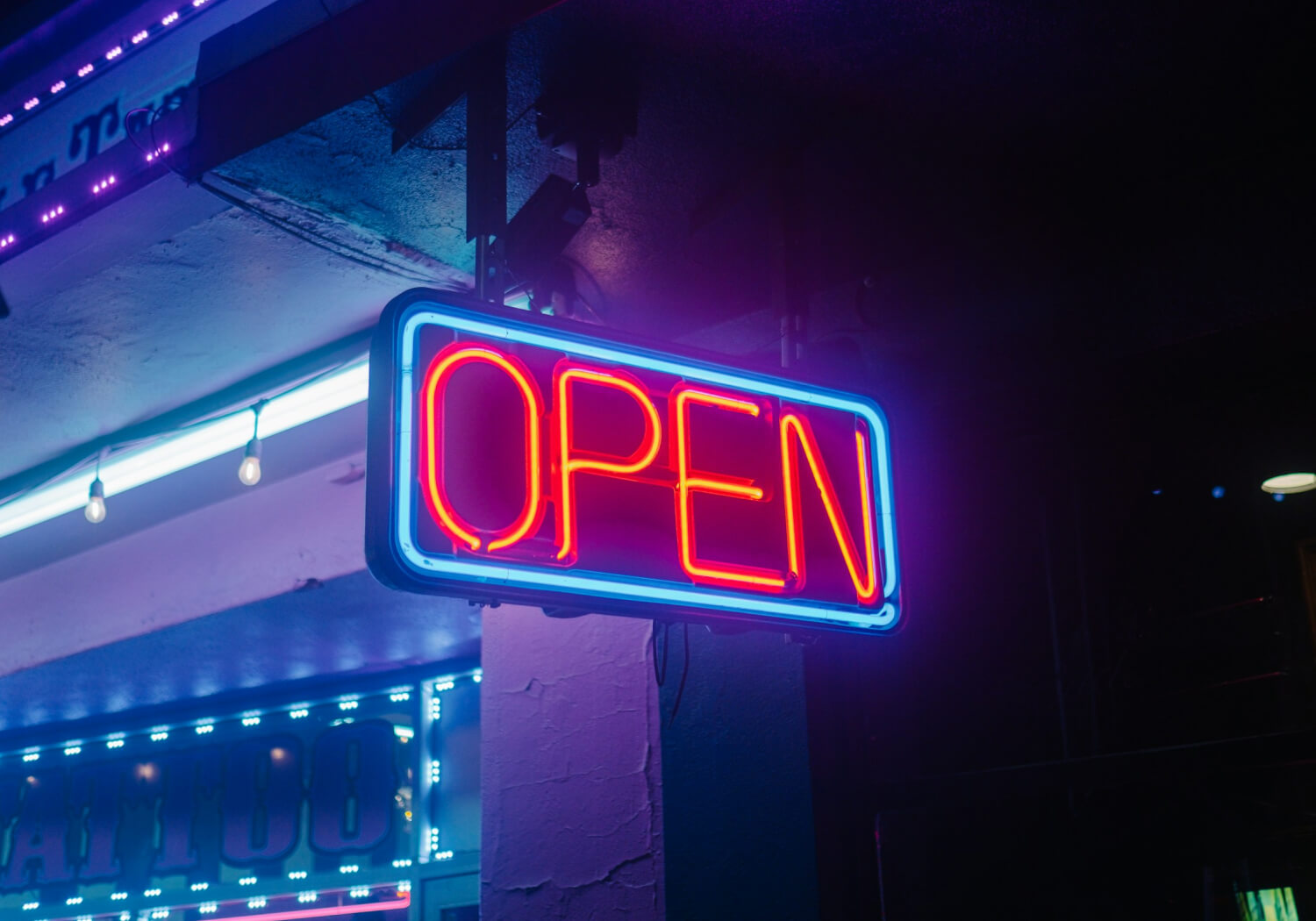We all know that the world of B2B eCommerce is constantly evolving. From digital transformation to shifting wholesale buyer behaviours, there’s a lot for merchants to keep up with if they want to differentiate themselves.
Millennials now dominate the B2B buyer demographic, accounting for a staggering 71% of purchasing decisions. This new generation of decision-makers is reshaping expectations, demanding intuitive digital engagement, and pushing brands to rethink their approach to wholesale eCommerce. So, what exactly do millennial buyers want - and how can your B2B business meet their evolving expectations?
We’ve answered the 6 most common questions we receive about meeting millennial B2B buyers' expectations and futureproofing wholesale strategies…
1. What’s changing within wholesale in 2025?
As the generation to grow up with the internet, millennial buyers expect speedy, frictionless, and highly intuitive purchasing experiences within B2C and B2B eCommerce alike. If you’re reading this and panicking that your B2B buying journey isn’t quite up to code, don’t worry! There are some simple steps you can take to evolve your eCommerce strategy to meet new expectations.
Get ready for another huge statistic - 90% of millennial buyers have expressed dissatisfaction with at least one aspect of a B2B vendor’s digital experience. That’s huge.
Not only are millennials making up more of the wholesale buying demographic, but they’re also demanding change. The main concerns? Poor digital user experience (UX), clunky sales processes, and outdated approaches that don’t align with modern B2C-like buying behaviours.
2. How can B2B brands embrace eCommerce and streamline their wholesale buying process?
By now, it’s pretty clear that millennials prefer digital-first interactions. Whether it’s self-service B2B ordering, live chat functionality, or intuitive browsing, they want to avoid phone calls and manual ordering processes. The modern B2B buyer expects easy-to-navigate websites that mirror typical B2C online shopping experiences.
Based on their regular online shopping experiences, millennials expect comprehensive product descriptions with strong imagery and transparent pricing. Brands can meet these requirements easily by focusing on UX and UI design and replicating familiar B2B interfaces. Add on a live chat support function so that they have help on demand, and you’re golden!
The new generation of B2B buyers also want self-service portals - they’re used to buying on their own, in their own time, and want the same access when buying wholesale. This enables them to easily research B2B products, compare wholesale pricing, and quickly purchase as soon as they’re ready. To keep this process simple and speedy, remove any unnecessary steps in the buying journey, including manual elements where possible.
In fact, over 50% of large B2B orders are predicted to be placed entirely online in the coming years. Aligning teams at every stage of the buying process will ensure consistency and functionality that supports these behaviours. A frictionless digital experience is no longer optional; it’s essential.
3. How can my wholesale brand cater to millennial decision-makers?
Word of mouth is still hugely important when it comes to making business decisions - but millennials are also relying heavily on third-party resources, like blogs, forums, customer reviews, and data.
The buying process looks different with this generation. Top-down decision-making is no longer the sole approach - instead, millennial buyers are collaborating with multiple stakeholders, carrying out extensive research, and consulting case studies and reviews.
Leverage customer testimonials and case studies in your marketing material and communications. Sharing these insights and tangible results from other customers is a great way to attract interest from potential buyers while building brand awareness.
Buyers typically go through multiple rounds of research and touchpoints before they make a purchase - so make it as easy as possible for them! Share key insights into your products and what makes them so special; demonstrate how easy ordering is via handy videos and help docs; shout about great customer feedback!
4. How can I leverage technological developments to meet millennial expectations?
We’ve established that millennials expect a tech-enabled buying experience that puts digital at the forefront of their interactions. As a brand, that can feel overwhelming, especially for newer or smaller companies with smaller budgets and fewer resources.
It doesn’t need to be overly complex, though. Add in elements of AI where you can - like in Live Chat functionality to filter out simple queries before a human agent needs to get involved. Use data to anticipate your buyers’ needs and deliver personalised recommendations (third-party tools are your friend here!).
The phrase ‘meet your customers where they are’ might be everywhere you look right now, but there’s a reason for it. Explore the platforms and forums your buyers are using and show up more on them to engage new prospects. Consider social media sites, forums, and online communities - wherever the discussions are happening, make sure you’re part of the conversation.
5. How important is omnichannel for B2B eCommerce brands?
In a word - hugely.
The new generation of younger wholesale buyers is au fait with rapidly switching between devices and platforms - and they expect retailers to do the same.
As such, B2B buyers will want to interact with your brand across multiple touchpoints. Consider where you’re selling - in stores, online, on mobile apps, via social selling, and more. Make sure your customers can find you easily and contact you if needed. Each channel should share the same fundamental information and values, ensuring consistency across all interactions and channels. One of the key things to keep in mind here is that you need to manage your stock across all channels. This is where features like reserve stock, stock display levels, and inventory management (via ERP integrations) are crucial. You can find out more about how SparkLayer supports omnichannel commerce.
6. How can I go beyond millennial buying expectations within wholesale?
While we’ve covered the basics of a B2B buying journey, it’s important to think about other elements that matter to millennials. There are several key areas for consideration, including, potentially most importantly, sustainability and active participation.
Let’s take sustainability, for example - are you considering ethical sourcing of products and packaging? How eco-friendly is your B2B shipping? If you keep stock in various warehouses, think about how you can better manage inventory across multiple locations, with tools like SparkLayer, to provide not only a seamless journey but also a more eco-friendly one.
In terms of active participation - millennials want to be involved in the solutions and platforms they invest in. It makes sense, really; if you’re going to use a new tool, you want to make sure it suits your needs and can evolve with your business. Millennial buyers are a third more likely to choose vendors that offer collaborative opportunities and actively want to be involved in building out a roadmap of future features, products, and buying experiences.
So, what does this look like for wholesalers? Well, you can start by engaging your customers in feedback sessions - not only will this make your buyers feel included in your processes, but it will also give you invaluable insight into what they want from you. This process can create enhanced product development and customisation and support you in fostering longer-term partnerships.
Still not convinced?
The shift toward millennial buyers in B2B is more than just a trend - it’s a fundamental transformation. Businesses that are willing to adapt will be better able to differentiate themselves in an increasingly competitive marketplace.
This new generation of B2B buyers has high expectations for digital engagement and demands collaborative decision-making. Businesses need to prioritise digital transformation, invest in omnichannel strategies, and embrace customer-centric approaches. By understanding the evolving and unique needs of the new B2B buying generation, brands can build lasting relationships and secure their place in the future of wholesale.
Is your business ready for this generational shift? Book a demo to discover how we’ll help you meet millennial buyers’ expectations!















